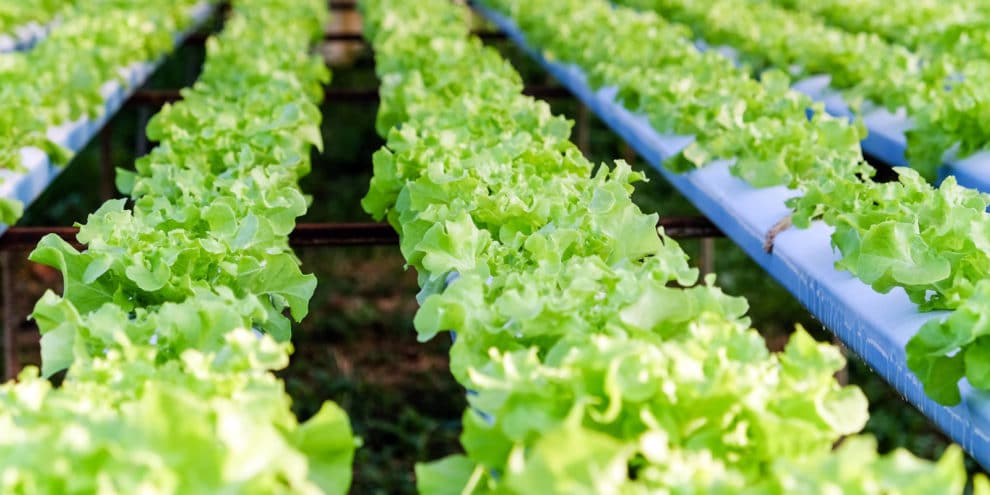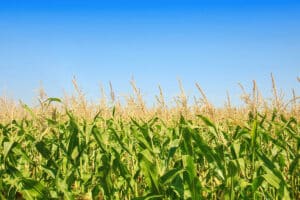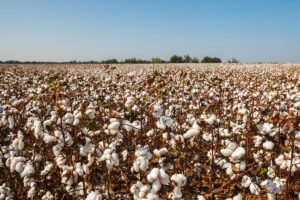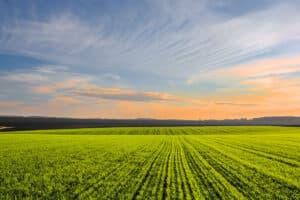When most consumers think about agriculture, traditional fields of row crops and livestock come to mind. Soil-based agriculture has governed food production for thousands of years. Today, nearly 40% of the total landmass of the Earth is committed to soil-based agriculture. Factor in the increase of human population and urban development, and arable land for soil-based agriculture is only going to decrease over time. Within the last decade, novel farming systems have become more prevalent. Many of these farming methods involve Controlled Environment Agriculture (CEA). Let’s explore some unusual uses for rural land for agriculture production.
1. Aquaculture
The rising human population has unsurprisingly led to a boom in the demand for seafood. Consequently, the ocean is being rapidly depleted, not only reducing the seafood supply, but also negatively impacting ecological systems and reducing biodiversity. The rising need for animal protein, which is expected to increase by 52% by 2050, can only be met by farming fish. Aquaculture, which is the controlled breeding and harvesting of aquatic organisms, creates alternative sources of seafood for the ever-growing population.
Land-based indoor aquaculture operations are known for being rather sustainable. Many modern aquaculture operations utilize a recirculation aquaculture system to manage resources. By recirculating the culture water, the water and energy requirements are limited to an absolute minimum. Even saltwater fish species, such as salmon, can be grown closer to consumers, while preserving biodiversity in the oceans.
2. Indoor Hydroponics
Hydroponic farming involves growing plants without soil, using mineral nutrient solutions in a water solvent. Hydroponic produce can be grown indoors or in environment-controlled greenhouses. Because these environments can precisely control temperature and inputs, plants grow faster and face fewer diseases than their counterparts in outside soil. A closed-loop irrigation system results in major water savings and uses less fertilizer, while not introducing pollutants into groundwater and soil. The growing systems can be adapted to many different crops and facilitate the ease of rotation, enabling farmers to more quickly react to changing consumer demands. Hydroponic systems also allow for year-round production to help keep up with the global demand for food.
Vertical farming is the practice of producing food in vertically stacked layers or on vertically inclined surfaces while utilizing hydroponic growth methods. This novel farming practice is especially interesting because it can make use of abandoned or unused properties, such as empty warehouses and industrially-zoned land. Having food grown indoors closer to the consumer significantly reduces use of fossil fuels from farm machines and the transport of crops. (Further Reading: https://thehydroponicsplanet.com)
3. Aquaponics
Aquaponics is a combination of the two unusual land uses already mentioned: aquaculture and hydroponics. Aquaponics utilizes both systems to grow plants and fish together in one integrated system. In conjunction, they create a natural ecosystem where the fish waste provides an organic food source for the plants, and the plants naturally filter the water for the fish.
Similar to the sustainability measures of the separate growing methods, aquaponics significantly reduces the use of water. The system relies on the recycling of nutrient-rich water using only 1/10th of the water soil-based gardening uses in comparison. The nutrients in the water from the fish make the plants grow faster, which can grow more produce in a shorter amount of time than soil-based production.
Utilizing Limited Land
In comparison to most farming methods, these novel farming systems don’t require a vast amount of land to create high yields. These growing methods are able to produce multiple harvests a year while taking up a small amount of space, which is quite the feat compared to normal soil-based farming. According to the PitchBook financial database, almost $1.9 billion of global venture capital was raised for controlled environment agriculture in 2020, nearly tripling investment in 2019. For investors who want to play a role in the future of global food production, CEA projects can offer higher risk-adjusted returns.
This content may not be used or reproduced in any manner whatsoever, in part or in whole, without written permission of LANDTHINK. Use of this content without permission is a violation of federal copyright law. The articles, posts, comments, opinions and information provided by LANDTHINK are for informational and research purposes only and DOES NOT substitute or coincide with the advice of an attorney, accountant, real estate broker or any other licensed real estate professional. LANDTHINK strongly advises visitors and readers to seek their own professional guidance and advice related to buying, investing in or selling real estate.










Add Comment